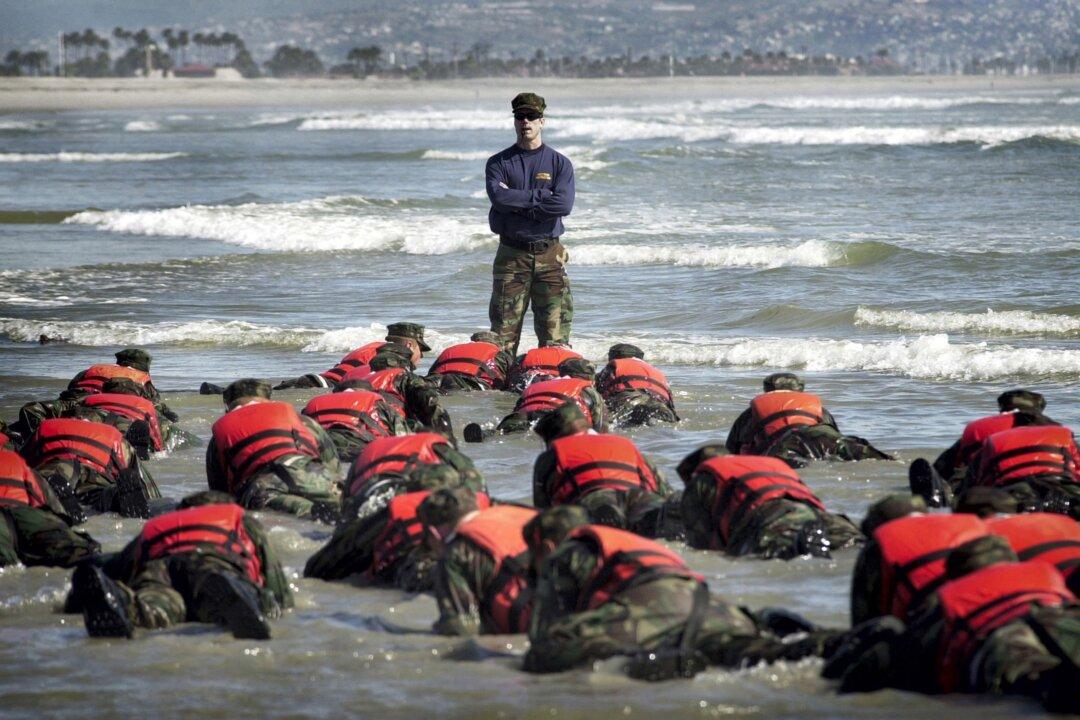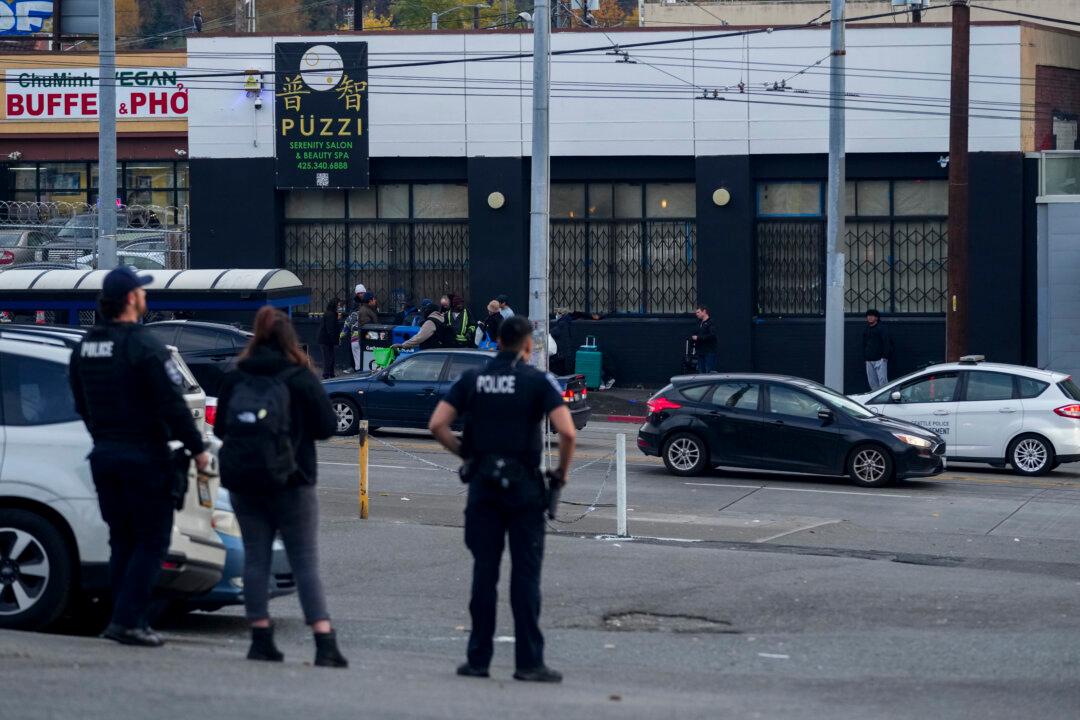A sailor has become the first female operator to pass a 37-week training course to become a Special Warfare Combatant-craft Crewman (SWCC), U.S. Navy officials announced.
“Becoming the first woman to graduate from a Naval Special Warfare training pipeline is an extraordinary accomplishment, and we are incredibly proud of our teammate,” said Rear Adm. H.W. Howard III, the SWCC commander.





